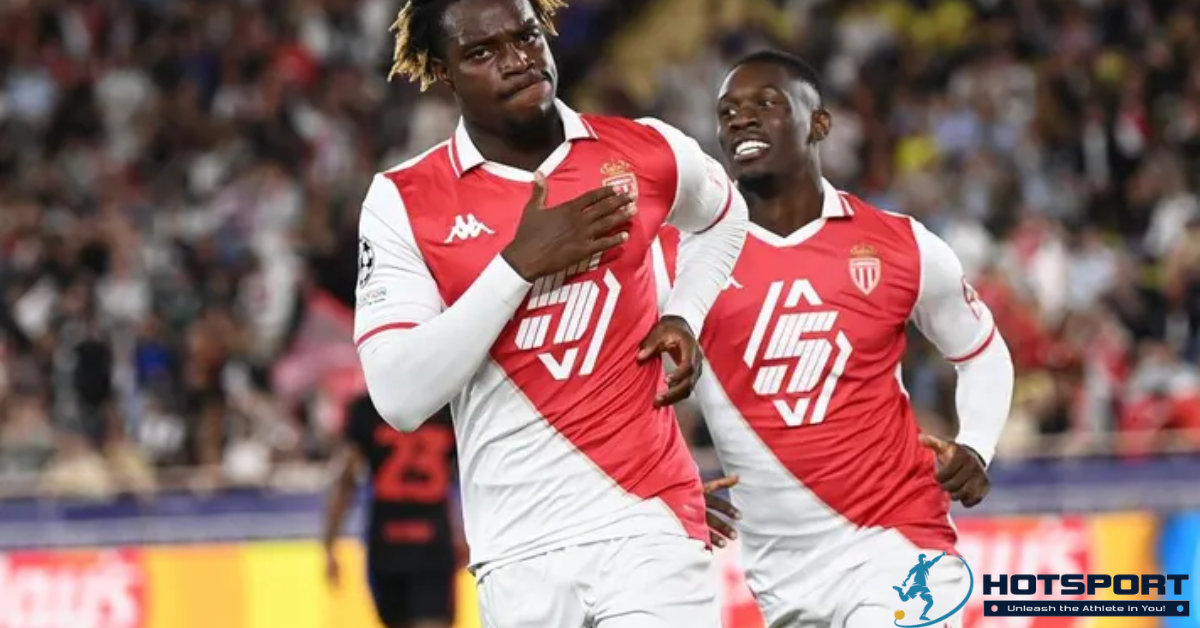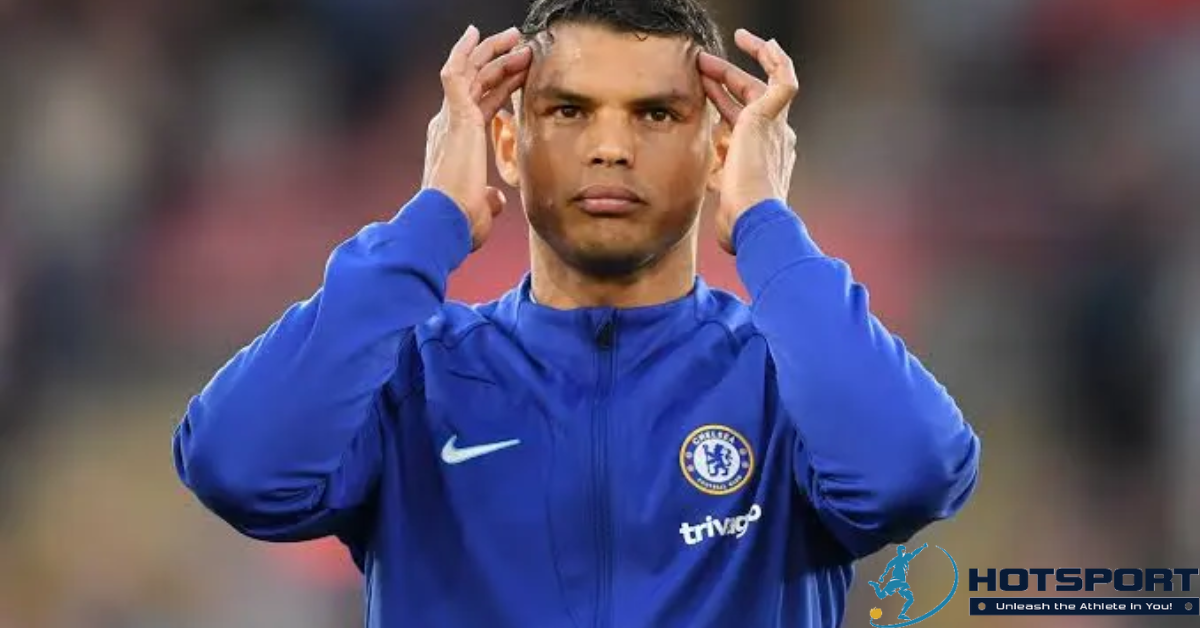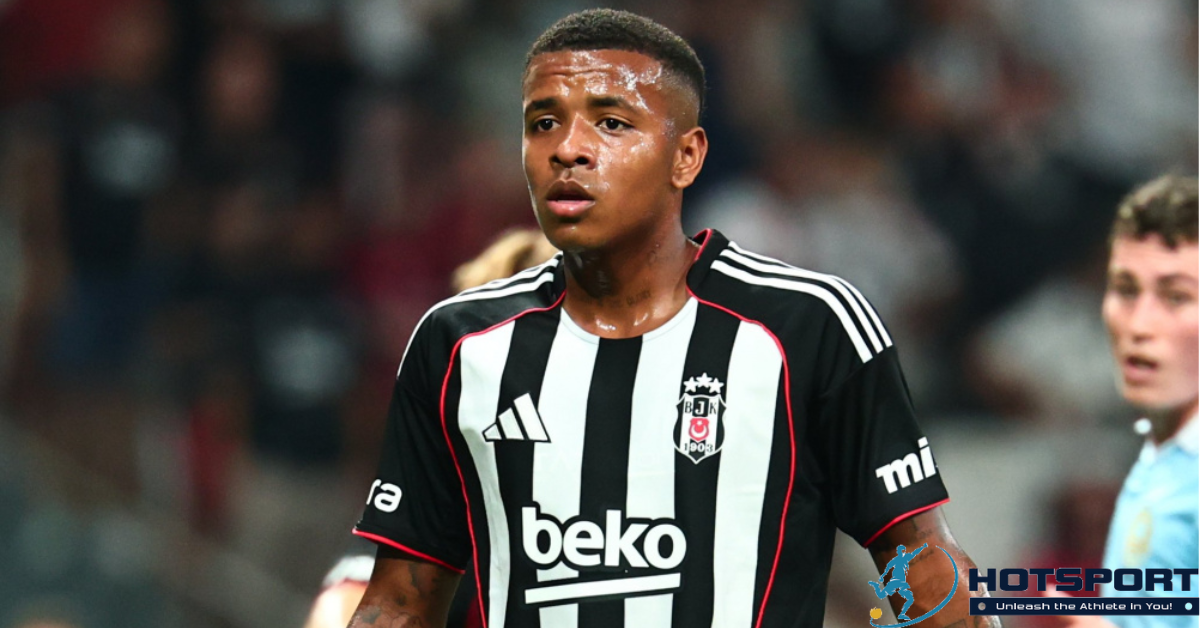History of AS Monaco: The Club of the Principality
AS Monaco, known in Brazilian Portuguese as Mônaco, is one of the most fascinating football clubs in the world. Despite being based in the tiny principality of Monaco, it competes in Ligue 1, France’s top football division, and has earned a prominent place in the sport’s history. Founded in 1924, the club blends tradition, success, and a unique identity marked by its red and white colors and the glamour of the principality. This article explores AS Monaco’s journey from its origins to the present day, highlighting key moments, legendary players, and the club’s influence on European football.
Origins and Foundation
The Creation of the Club
The Association Sportive de Monaco Football Club was founded on August 23, 1924, through the merger of several local clubs from the principality and nearby regions. Before this, football in Monaco was played at an amateur level, with teams competing in regional tournaments in Provence-Alpes-Côte d’Azur. The establishment of AS Monaco marked the start of a new era, with the club being incorporated into the French Football Federation (FFF), an unusual decision for a team from a microstate outside France, but one that allowed it to participate in the French league system.
Early Years and Rise
In the 1920s and 1930s, Monaco competed in regional divisions, playing on modest pitches like the Stade des Moneghetti, located in the nearby French commune of Beausoleil. The club’s rise gained momentum in the following decades with professionalization and infrastructure investments. In 1929, the move to Stade des Moneghetti was a significant milestone. The 1950s saw Monaco reach Ligue 1 for the first time, establishing itself as an emerging force in French football.
The Golden Era: 1960s and 1980s
First National Titles
AS Monaco won its first Ligue 1 title in the 1960-61 season under coach Lucien Leduc. This period marked the beginning of a successful phase, with the club also securing the French Cup in 1960 and another Ligue 1 title in 1962-63. Players like Marcel Artelesa and Michel Hidalgo were key figures, bringing technical quality and competitiveness. These titles solidified Monaco’s reputation as one of France’s most respected clubs.
The Arrival of Arsène Wenger
In the 1980s, Monaco enjoyed another golden period, particularly under the iconic coach Arsène Wenger, who took charge in 1987. Wenger introduced a modern approach, emphasizing tactical discipline and youth development. In his first season, Monaco won Ligue 1 in 1987-88, with stars like Glenn Hoddle and Claude Puel shining. During his tenure, the club also claimed the French Cup in 1991, cementing its status as a French football powerhouse.
European Finals and International Recognition
1992 Cup Winners’ Cup Final
Monaco reached its first European final in the 1991-92 Cup Winners’ Cup, facing Werder Bremen. Despite a 2-0 defeat, the campaign was historic, showcasing the club’s ability to compete at Europe’s highest level. Players like George Weah, who later won the Ballon d’Or, were pivotal in this journey.
The Epic 2003-04 Champions League Campaign
AS Monaco’s greatest European moment came in the 2003-04 season under coach Didier Deschamps. The club reached the UEFA Champions League final, facing Porto. Despite a 3-0 loss, the campaign was unforgettable, with stunning victories over giants like Real Madrid and Chelsea. Players like Ludovic Giuly, Fernando Morientes, and Jérôme Rothen shone, putting Monaco on the global football map. This season remains one of the club’s greatest achievements.
Challenges and Relegation
Financial Crisis and Relegation (2011)
Despite its successes, Monaco faced financial difficulties in the early 2000s. In 2003, the club was relegated to Ligue 2 due to debts of around €50 million, a decision that shocked fans. This period also saw the departure of long-time president Jean-Louis Campora, who had led the club for 28 years. The 2006-07 season was also tough, with Monaco finishing 19th in Ligue 1 but avoiding relegation under coach Laurent Banide.
In 2011, Monaco suffered another blow: relegation to Ligue 2 after a 2-0 loss to Lyon, ending 34 consecutive years in France’s top flight. This match, the club’s 2,000th in Ligue 1, made the relegation even more symbolic. The crisis was worsened by poor transfer decisions and managerial instability.
The Rybolovlev Era and Renaissance
The Russian Billionaire’s Takeover
In 2011, Russian billionaire Dmitry Rybolovlev acquired control of AS Monaco, injecting significant financial resources. This takeover marked a turning point, with the club returning to Ligue 1 in the 2012-13 season under coach Claudio Ranieri. Investments in players like Radamel Falcao, James Rodríguez, and João Moutinho transformed Monaco into an instant powerhouse.
The 2016-17 Title and Golden Generation
The 2016-17 season was a high point in Monaco’s recent history. Under coach Leonardo Jardim, the club won Ligue 1, outshining the dominant Paris Saint-Germain. The team, featuring young talents like Kylian Mbappé, Bernardo Silva, Thomas Lemar, and Fabinho, played thrilling, attacking football. Monaco also reached the Champions League semifinals, losing to Juventus but leaving a lasting mark on European football.
The Louis II Stadium and Club Identity
An Iconic Stadium
Inaugurated in 1985, the Louis II Stadium is Monaco’s home and a symbol of the principality. With a capacity of 18,523, it reflects Monaco’s glamour and exclusivity with its prime location and modern architecture. Despite its modest size compared to other European giants, the Louis II has hosted historic moments and offers a unique atmosphere for fans.
Colors and Symbol
Monaco’s red and white colors, known as “Les Rouge et Blanc,” are inspired by the principality’s flag. The club’s crest, featuring a golden crown, reflects its connection to Monaco’s royal family. This visual identity underscores the club’s pride in representing one of the world’s smallest nations on the global stage.
Legendary Players
Icons of the Past
AS Monaco has been home to some of football’s greatest players. George Weah, who played for the club from 1988 to 1992, became the first African to win the Ballon d’Or in 1995. Thierry Henry, a product of Monaco’s academy, left his mark before becoming a legend at Arsenal. Other names like Fabien Barthez, David Trezeguet, and Ludovic Giuly are remembered for their contributions in key moments.
Modern Stars
In the modern era, Kylian Mbappé is undoubtedly Monaco’s greatest academy product. Emerging in 2015, he exploded onto the scene in 2016-17 before transferring to PSG and becoming one of the world’s best players. Other recent talents like Bernardo Silva and James Rodríguez have also passed through the club, reinforcing its reputation as a talent factory.
Monaco’s Academy
A Talent Factory
AS Monaco’s youth academy, located in La Turbie, France, is one of Europe’s most respected. It has produced stars like Thierry Henry, Kylian Mbappé, and Lilian Thuram. The club’s focus on developing young talent, combined with its ability to attract investment, keeps Monaco competitive in a market dominated by wealthier clubs.
Training Philosophy
The academy emphasizes technical, physical, and mental development. Monaco invests in top coaches and state-of-the-art facilities, ensuring young players have the best conditions to grow. This approach has paid dividends both on the pitch and financially, with player transfers generating significant profits.
Monaco in the European Context
Competitiveness in Ligue 1
Despite lacking the financial power of clubs like PSG, Monaco’s ability to compete in Ligue 1 is remarkable. With eight Ligue 1 titles, five French Cups, one League Cup, and four French Super Cups, the club ranks among France’s most successful. Its strategic approach, blending young talent and targeted signings, allows Monaco to challenge giants on equal footing.
Presence in European Competitions
Beyond the finals of 1992 and 2004, Monaco has a consistent history in European competitions. The club regularly qualifies for the Champions League or Europa League, facing Europe’s best teams. Its ability to upset stronger opponents, as seen in 2003-04, is a testament to its quality.
The Future of AS Monaco
Challenges and Opportunities
Monaco faces the challenge of staying competitive in a landscape dominated by clubs with massive budgets. However, its smart management, investment in youth, and unique location in the principality offer distinct opportunities. The 2023-24 season saw Monaco finish as Ligue 1 runners-up, signaling its continued strength.
Rybolovlev’s Vision
Under Dmitry Rybolovlev’s leadership, Monaco aims to balance sporting success and financial sustainability. The focus on developing players for the global market, combined with strategic signings, suggests the club will remain relevant in the years ahead. Long-term goals include strengthening the academy and increasing its European presence.
Conclusion
AS Monaco is more than a football club; it is a symbol of the principality of Monaco, embodying ambition, talent, and resilience. From its founding in 1924 to the present day, the club has won titles, produced stars, and thrilled fans with unforgettable campaigns. With its world-class academy, iconic stadium, and rich history, Monaco continues to inspire and compete at the highest level. For fans, AS Monaco proves that even in a small nation, it’s possible to dream big in football.



